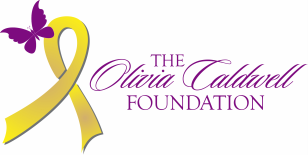Research Projects Funded By Olivia Caldwell Foundation
Here are some of the research projects funded completely or in part by Olivia Caldwell Foundation. To date, we have donated a little over $1 million to pediatric cancer research with a specific interest in the treatment of low-grade gliomas and other pediatric brain cancers. We have provided full funding for 12 research projects and been a partial funder of 30 additional research projects.
We've also helped our Research Team secure an additional $4.5 Million in additional Federal Funding to further the research projects we've supported.
We've also helped our Research Team secure an additional $4.5 Million in additional Federal Funding to further the research projects we've supported.
Research Breakthroughs Made Possible With OCF Funding
|
#2 - The development of therapy to overcome resistance to targeted therapy
(read more) |
|
#4 - Exploration of all the cells in a low grade glioma using single cell deep sequencing techniques (ongoing)
(read more) |




